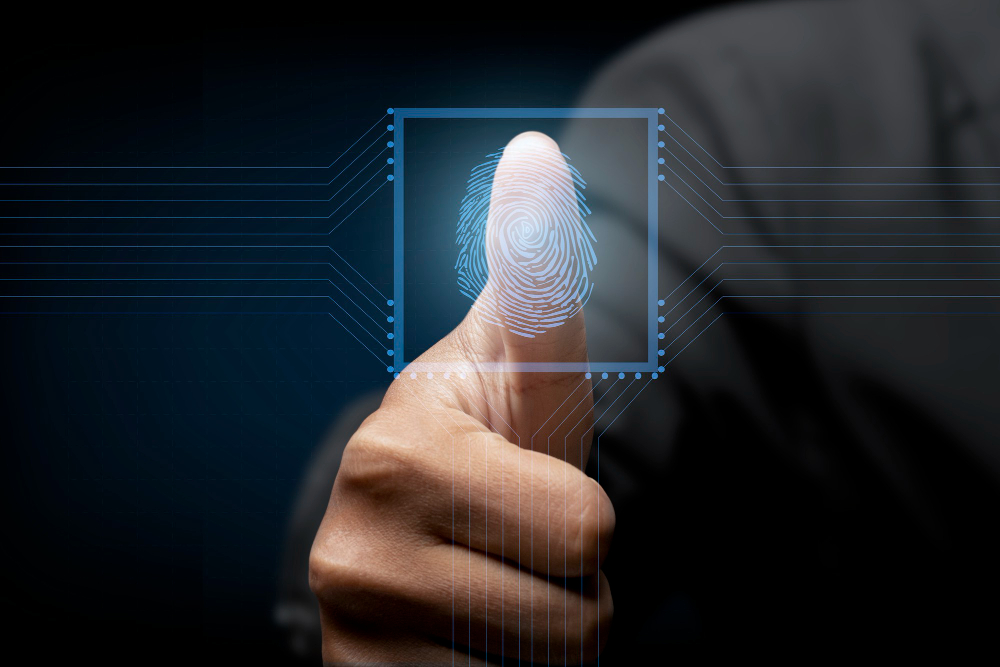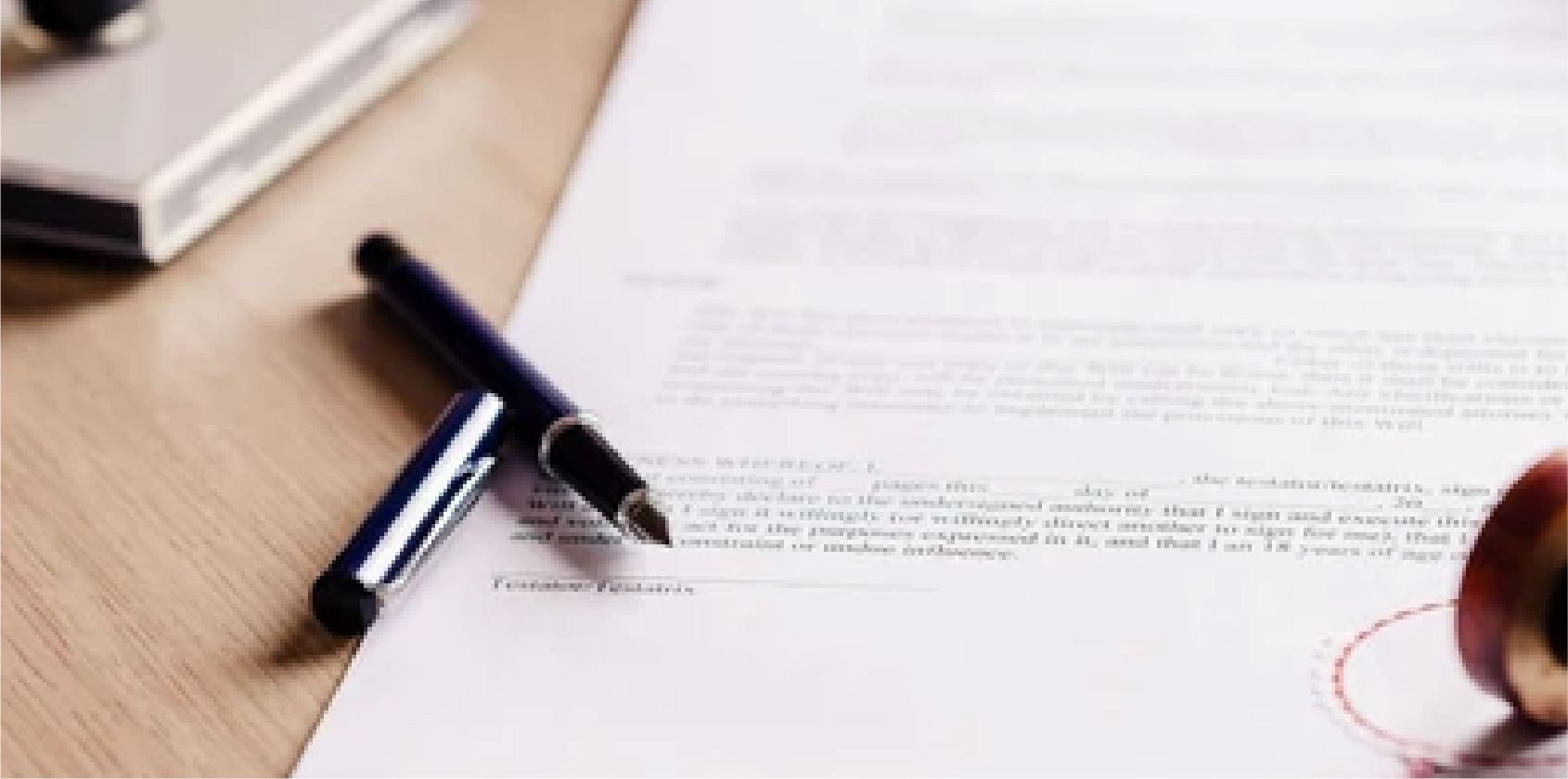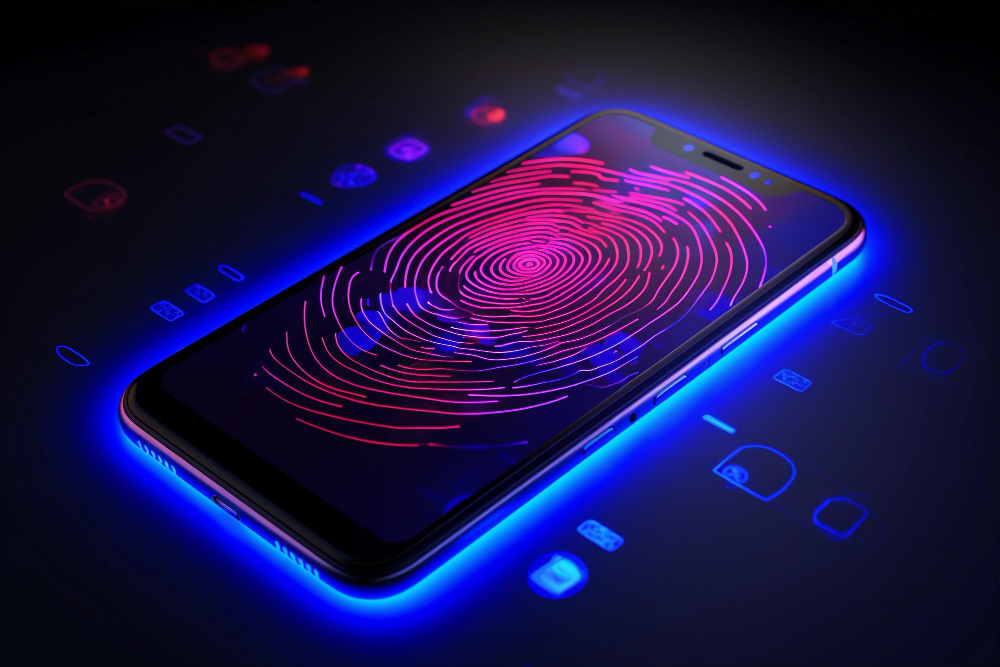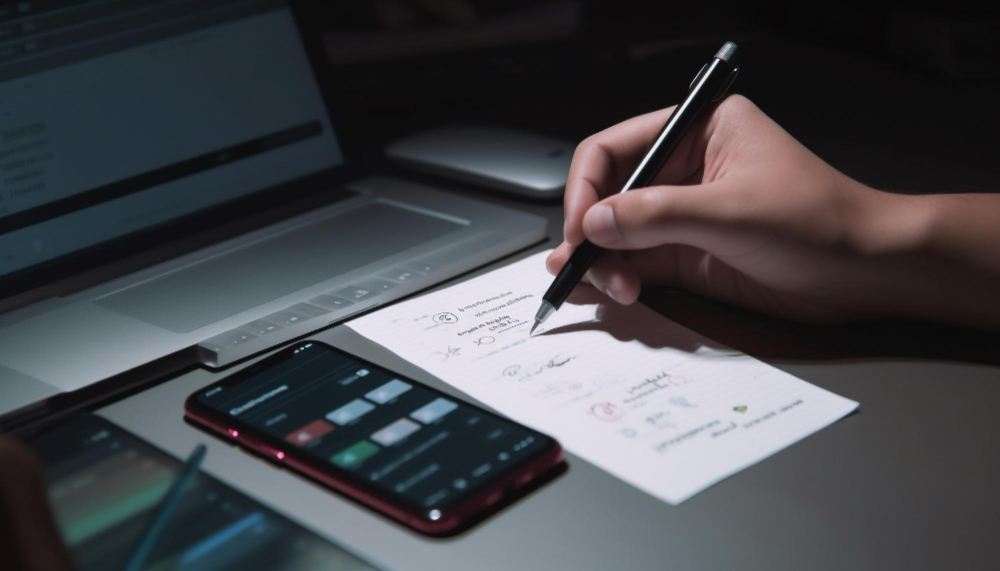While going to apply for a fresh state license, health professionals, registered nurses, general practitioners, and dentists almost always have to send fingerprints as the core component of the inspection process. These fingerprints are screened by several law enforcement agencies and criminal records for possible criminal conduct. The FBI receives fingerprints to compile a national criminal history record report. If one is applying for a driver’s license in a state that needs fingerprints, one has two options: classic ink fingerprinting or electronic fingerprinting. Each has advantages and disadvantages, just like everything else.
What’s live scan fingerprinting?
Live scan is an ink-less fingerprinting method that delivers fingerprint information to the Department of Justice electronically in seconds. Fingerprinting is the technique of digitally collecting fingerprints using the modern live scan device. There is no ink or card involved with live scan fingerprinting. Most of the challenges involved with ink prints, such as streaking, smearing, and over or under inking, may be avoided with the Live Scan technology.
The fingerprints are submitted instantly to the Department of Justice, which is a key advantage of Live Scan. A certified and authorized technician would use a Live Scan device to scan the fingerprints. The electronic fingerprinting procedure lasts five to ten minutes, after which the records are instantly transmitted to the relevant FBI-Certified channeling institutions for background screening through electronic transmission.
The specialist collects all of the necessary payments from the applicant for the live scan. The Department of Justice performs a criminal background check using the applicant’s fingerprints, and the findings are submitted to their employer or licensing agency within 24 to 72 hours.
A to Z Documents offer Live scan fingerprinting services in Los Angeles at the best price possible.
How is it different?
Digital fingerprinting is less complex than traditional ink fingerprinting. The prints are detected by the scanner by rolling your fingertips on a glass plate. The fingerprints are then forwarded to the appropriate location once they have been captured digitally. An electronic copy of fingerprints is also more difficult to lose or destroy than a tangible copy.
However, there are certain disadvantages to digital fingerprinting. Electronic fingerprints cannot be transferred over state borders, therefore one can only use them if users get their fingerprints taken in the state where they intend to work. Moreover, despite its technology, digital software can be significantly more expensive than ink fingerprinting.
What’s ink fingerprinting?
Using the old-fashioned ink procedure necessitates visiting a nearby sheriff’s department or law enforcement authority to have one’s fingerprints registered. The conventional method of obtaining fingerprints, ink fingerprinting, is still utilized for a variety of purposes today. To saturate the whole fingerprint area, a person’s fingertips are rolled in ink. Then, every finger is placed onto prepared cards from one end of the fingernail to the other.
These are referred to as rolled imprints. After that, the fingerprint cards are shipped to be processed. (Impressions that are judged unsuitable for processing are sent back to be reprinted.) The results are delivered as requested and are usually obtained between 2 – 4 weeks.
What issues occur with Ink fingerprinting?
Even though ink has been used to record fingerprints since the nineteenth century, several issues might arise. The ink on the card, for example, might smear. It’s also possible that the ink does not reach all of the ridges on each fingertip. In any case, the prints will be rendered useless.
As a result, if one copy of a card is useless, most facilities will finish two copies. Health-care workers, particularly, could have a challenging experience generating accurate fingerprints with ink since they often wash their hands, which dries them out. However, ink fingerprinting remains a classic method and is much cheaper than digital one. It is readily available everywhere for each person and one receives a tangible copy for it.
Despite these benefits, it is important to note that one can easily lose the tangible copy, which can also be subject to identity theft. Moreover, it takes much longer to obtain the results making this method kind of an inconvenience.
What’s better?
Both techniques have their own set of benefits. The ink fingerprinting technique is less expensive, and there are far more sites where one can get their prints done. The digital alternative is much more costly, but it is certainly more reliable, saving time and hassle. High precision minimizes the possibility of the relevant authority rejecting the prints and forcing one to start over.
It’s crucial to keep in mind, though, that electronic is only a possibility if the prints are acquired in the same state where one is seeking a license. Whatever way the applicant decides, keep in mind that each time he or she files for a license in a state that needs fingerprints, a fresh set of fingerprints will be obtained. While utilizing the ink version, fingerprint records cannot be forwarded to several states and are only valid once.
Several digital fingerprint services typically save fingerprints in their database so that they could be transferred again (in that state) if necessary. However, this may not be truly the case across all states or circumstances.
Traditional ink and paper fingerprinting procedures are significantly messier than Live Scan fingerprinting. Because Live Scan Fingerprinting does not utilize ink to collect the prints, it removes the risk of human error that can arise if too much or too little ink is used throughout the procedure.
Furthermore, the rolling criterion can drastically change the distribution of the ink on the card, leading to further recognition errors.
Final thoughts:
Conclusively, for conducting background checks on new employees, Live Scan fingerprinting is a far more quick, accurate, and secure approach. Using this type of bio-metrics reduces the chance of errors and ensures that the findings are provided as fast as possible, allowing businesses to complete the steps necessary in the hiring process.










